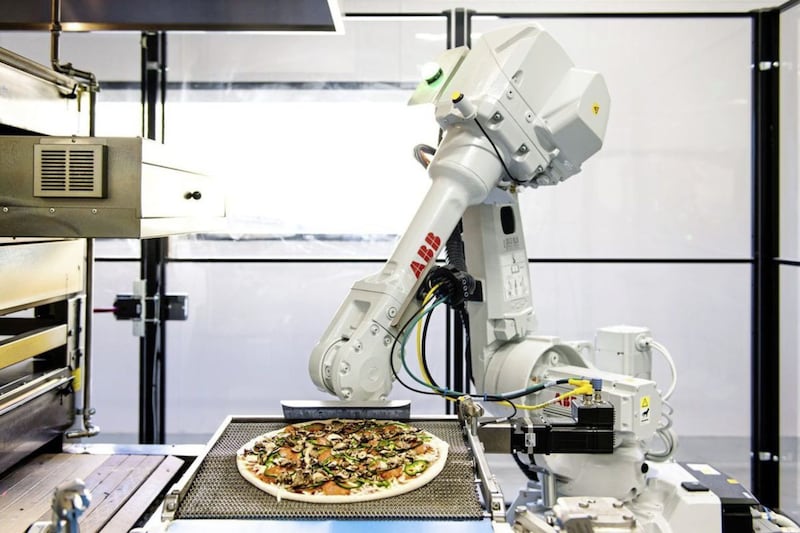BY 2028, robots will likely make up a large percentage of our workforce. Companies could be run by a single employee with a workforce of robots who can work all day, every day, with no concerns about robots rights or wellbeing.
It may seem like something from a sci-fi film, but we are not actually that far away from this reality.
In fact, it has been estimated that 44 per cent of jobs in the UK economy could feasibly be automated. That means 13.7 million people could be replaced by a robot. Worryingly Northern Ireland is one of the regions predicted to be most at risk.
Automation already plays a large role in our everyday lives - from our mobile phones to online banking and smart home assistants like Amazon’s Alexa, a raft of processes and everyday tasks are being made easier, more efficient and more interlinked than ever before.
Robotic technology is quietly transforming a number of the world’s key industries too, not least the world of food and drink manufacturing.
A recent study suggests nine out of 10 food processing and packaging companies are already using robotics and predicts that the falling cost of collaborative robots will drive further adoption companies seek to eliminate down time and improve reliability of product quality.
And consulting firm Accenture predicted this month that companies in the UK food and drink sector could unlock as much as £56 billion in value over the next decade by taking advantage of digital technologies such as robotics and real-time data analysis.
We are already seeing the same trends closer to home. In the last year Danske Bank has supported food companies like Gilfresh, Finnebrogue Artisan and Mash Direct with multi-million pound investments to replace legacy production systems. These new investments are based on automation, robotics and supporting enterprise resource planning (ERP) software.
If this all sounds a bit futuristic, consider this. In October, a Californian company called Zume Pizza, raised $48m of funding to expand its automated pizza business. Zume’s robots make 372 pizzas an hour, each one ordered via a mobile app. Zume robots are five times faster than humans.
A robotic workforce brings accuracy, efficiency and a continuous production line. On paper, robots may appear better than humans but the cost of purchasing, running and maintaining such high-tech equipment could prove a major stumbling block for many companies.
Those who do embrace automation open the door to creating new jobs for engineers and IT technicians. There will always be a need to repair machines, production lines and automated systems.
Far from fearing that robots will replace us, we should think of automation as a way to aid work. By collaborating with technology, rather than ignoring it, people will be able to move into more productive jobs that, in many cases, don’t exist yet.
For food production managers to successfully implement automation, they need to be able to look ahead and understand the capability and advances of robotics. An analytical mind that can decipher data and integrate multiple machines from different vendors into a single production line will be essential.
There's no denying the huge opportunities that exist within the food industry for automation, particularly within the primary packaging processes. Consideration needs to be given to the types of robotics implemented and the materials used to make them, especially when health and safety issues arise over, for example, the handling of different types of food.
But we’ve already seen the benefits automation has brought to our customers and we anticipate this to be an important year for the future development of food and drinks manufacturing.
:: Ciaran Rafferty is corporate banking manager at Danske Bank and the bank's spokesman on the food and drink sector.




